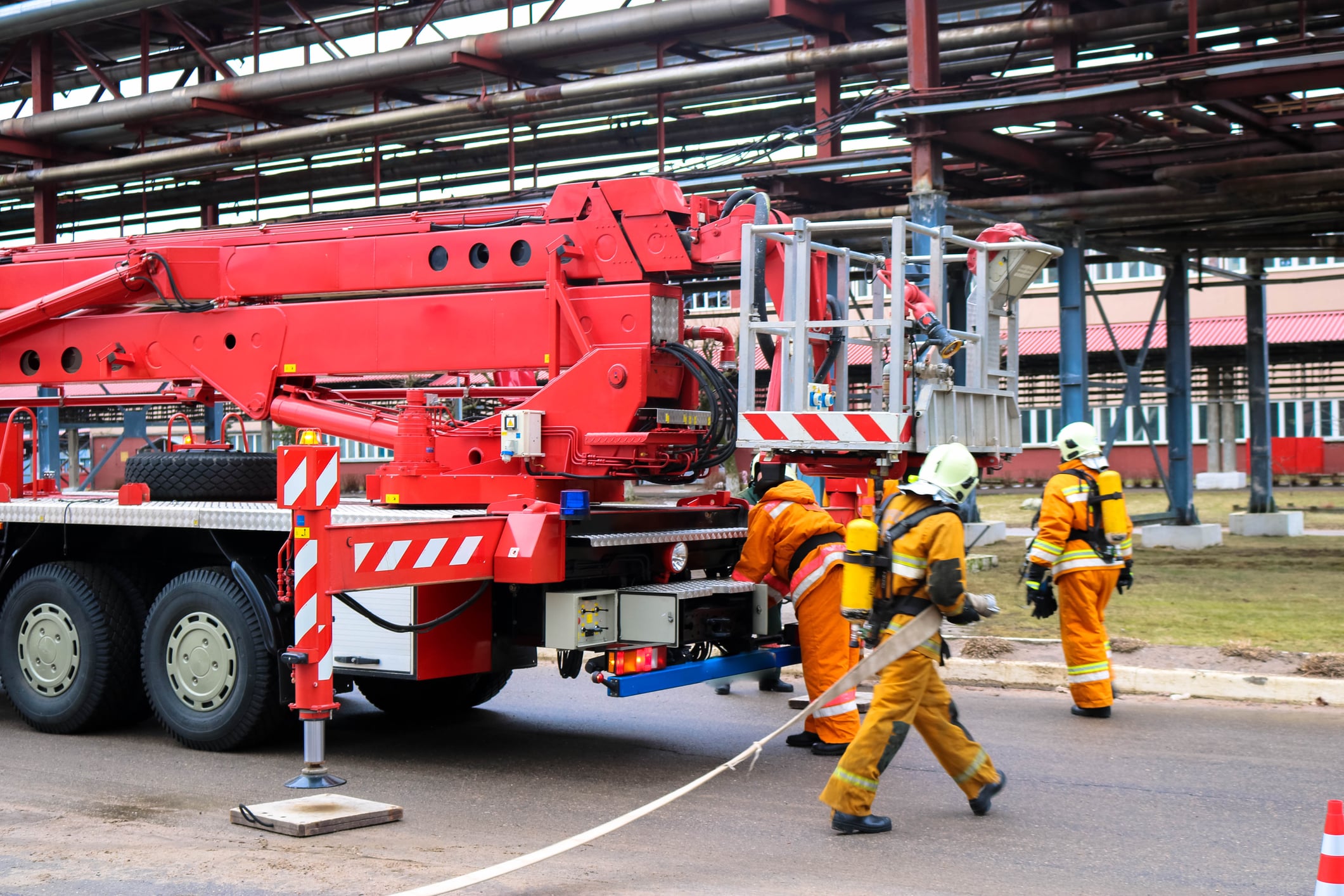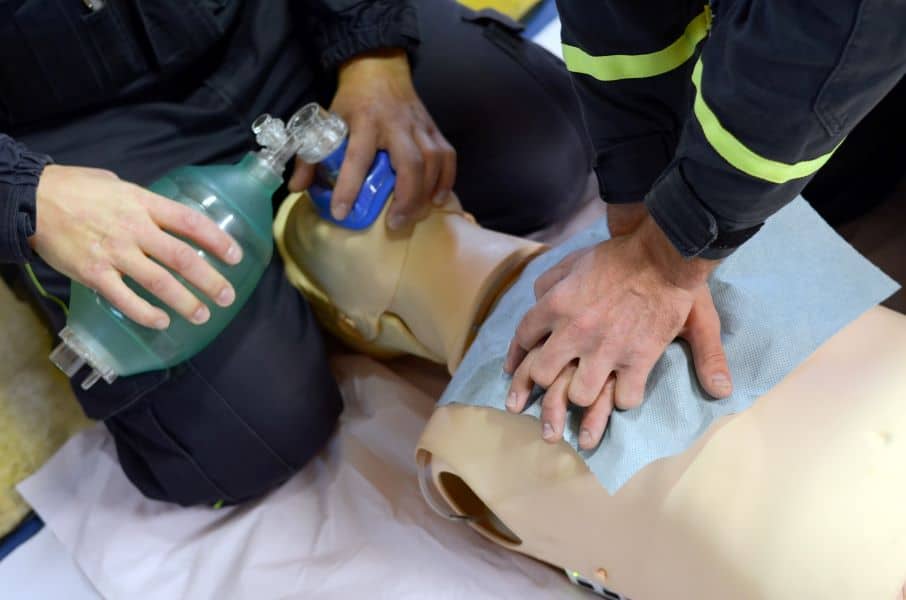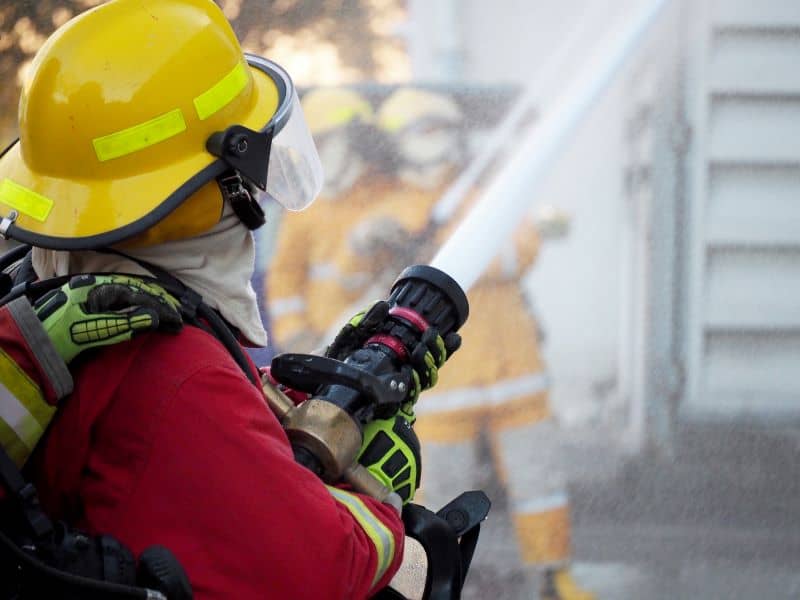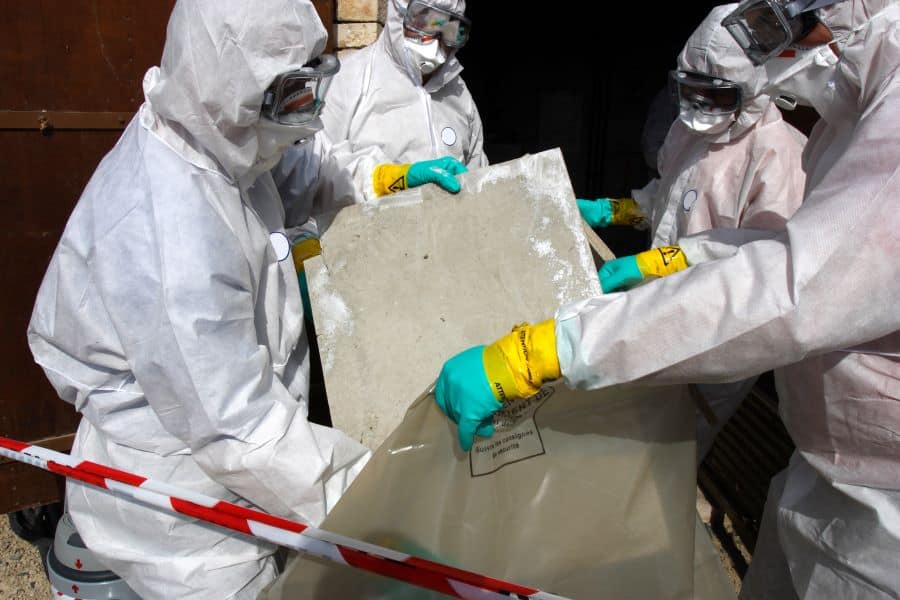Engaging in confined space rescue operations requires a well-honed set of skills and an in-depth knowledge of safety protocols. These competencies are vital for ensuring that both rescuers and victims emerge safely from potentially hazardous environments. It is imperative that you, as a rescue professional, undertake regular refresher courses. These courses serve not only to revise essential procedures but also to introduce new techniques and technologies that may have evolved since your initial training.
In the dynamic field of confined space rescue, complacency can lead to dire consequences. Therefore, continuous learning is crucial. Your ability to navigate the complexity of confined environments relies on up-to-date knowledge of rescue strategies and the use of appropriate equipment. Regular refresher training reinforces muscle memory, refreshes crucial technical knowledge, and ensures that you are prepared to respond effectively in emergency situations.
By participating in ongoing education, you maintain the high standards required for safe and successful confined space rescues. This practice is not merely a recommendation; in many jurisdictions, it is a legal requirement tied to health and safety regulations. Keeping abreast of current best practices and regulatory changes is essential for fulfilling your professional duties and safeguarding the lives of all individuals involved in rescue operations.
Importance of Regular Training
Regular training is imperative to ensure that your skills in confined space rescue are current and effective. This preparation is crucial for the legal compliance and psychological readiness required in high-risk rescue operations.
Legal and Safety Considerations
In Australia, you are obliged by the Work Health and Safety Act to ensure that all confined space rescue operations are conducted by individuals with current and relevant training. It’s your responsibility to remain abreast of any changes in legislation and to maintain a level of preparedness that complies with AS/NZS 2865:2009, which sets the standards for safe working in confined spaces. Consistent refresher courses will aid in maintaining compliance with these regulations, thereby minimising the risk of legal ramifications and enhancing the safety of both the rescue team and the individuals being rescued.
Furthermore, equipment and protocols are in constant evolution, and regular training updates ensure that you and your team utilise the most effective and safest rescue techniques. Emphasising practical skills and scenario-based practice during these courses fosters better understanding and retention of safety procedures.
Psychological Readiness
Beyond the tangible skills, regular training bolsters your self-confidence and mental preparedness. Encountering highly stressful environments is expected during confined space rescues, and your psychological resilience can be as critical as technical proficiency. By engaging in routine refreshers, you fortify your decision-making abilities and stress management skills, which are vital in unpredictable and hazardous situations that often characterise confined space rescues.
Active participation in refresher courses also builds team cohesion, which is pivotal for psychological readiness. Trust and clear communication amongst team members are honed, ensuring a unified and effective response when faced with the challenges of a confined space emergency. Keeping your psychological edge sharp through consistent training can make a difference in a life-or-death situation.
Confined Space Hazards
When you’re involved in confined space rescue operations, you must be acutely aware of the hazardous environments these spaces often present. From restrictive movements to hazardous air quality, the dangers are multifaceted and require specific attention.
Physical Challenges
In confined spaces, your ability to move can be severely limited due to the space’s size, shape, or contents. Obstructions or entrapment hazards like pipes, wires, and machinery compound the risks. Such environments often have limited entry and exit points, which can hinder rescue efforts and evacuation. Slips, trips, and falls are also common due to uneven surfaces or wet conditions. It’s imperative to be cognisant of these physical barriers and plan rescue operations with them in mind.
Atmospheric Risks
The atmosphere within confined spaces is unpredictable and can change without warning, leading to life-threatening conditions. There are two primary atmospheric risks:
- Toxic gases: You may encounter gases like carbon monoxide, hydrogen sulfide, or other volatile organic compounds that can have immediate health impacts or be fatal at high concentrations.
- Oxygen levels: Fluctuating oxygen levels are a serious threat. Spaces can be oxygen-deficient, which can cause asphyxiation, or oxygen-enriched, which poses a fire and explosion risk.
Constant monitoring using gas detectors is crucial, and you must utilise appropriate personal protective equipment (PPE) to mitigate these risks effectively.
Course Content and Design
In designing a refresher course for confined space rescue, the focus must be on equipping you with updated techniques and ensuring competency in core rescue skills.
Core Skills Reinforcement
You need regular reinforcement of your core skills to maintain a high standard of safety and efficiency. The refresher course material should cover the assessment of risks, proper use of safety equipment, and communication protocols within confined spaces. These are crucial for preventing incidents and ensuring a well-coordinated rescue effort.
Innovative Training Techniques
By incorporating innovative training techniques, the course ensures that your learning experience is not only engaging but also reflective of real-world scenarios. You will encounter training scenarios, providing a safe yet realistic environment for practising complex and hazardous rescues. This hands-on approach helps in solidifying your understanding and application of confined space rescue procedures.
Assessment and Continuous Improvement
Effective confined space rescue requires that you regularly assess and seek to improve your skills and processes. Objective evaluation and iterative progress ensure your readiness for the unpredictable nature of confined space emergencies.
Monitoring Training Outcomes
Your performance in training exercises provides valuable metrics that gauge your preparedness. Regular drills give insight into individual and team proficiency in confined space rescue operations. After each simulation or exercise, detailed debriefings should take place. These should aim to assess team dynamics, technical execution, and decision-making skills under pressure. Clearly defined performance indicators will help you identify areas for improvement and commend areas where you excel.
Adapting to Changing Environments
Rescue environments are dynamic with inherent risks that evolve due to technological advancements and changing industry practices. Your training must adapt accordingly. This means staying updated with the latest rescue techniques, equipment innovations, and regulatory changes. Attendance at industry conferences, workshops, and additional certifications can be integral to your development.
Regular environmental scans and risk assessments in practice scenarios allow you to fine-tune your approach to reflect the current landscape of confined space work. Your expertise enables you to adapt rescue strategies to accommodate new challenges effectively. As equipment and technology advance, integrating these tools into your training becomes crucial to maintaining an up-to-date skill set.




